Table of content
Frozen broad beans, also known as fava beans, are a versatile and nutritious ingredient that can elevate a wide range of dishes. Whether you’re a seasoned home cook or a novice in the kitchen, learning how to prepare frozen broad beans properly opens doors to creamy soups, vibrant salads, hearty stews, and crispy snacks. This guide will walk you through every step, from selecting high-quality frozen beans to mastering various cooking techniques, ensuring your dishes burst with flavor and texture.
Understanding Frozen Broad Beans
Frozen broad beans are harvested at their peak and blanched before freezing, preserving their bright green color, sweet taste, and nutritional value. Unlike fresh beans, which require shelling and sometimes double peeling, frozen beans save time without compromising quality. They are rich in fiber, protein, vitamins (such as folate and vitamin C), and minerals like iron and magnesium, making them a healthy addition to any meal.
Selecting and Storing Frozen Broad Beans
Before cooking, it’s essential to choose the right product. Look for frozen broad beans with vibrant green hue, free from ice crystals or freezer burn. Avoid packages with clumped beans, as this may indicate thawing and refreezing, which affects texture.
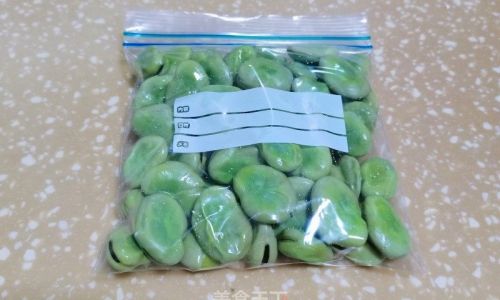
Storage Tips:
- Keep frozen beans in their original packaging or an airtight container.
- Store at a consistent temperature below 0°F (-18°C) to maintain quality.
- Use within 6–12 months for optimal taste and texture.
Preparation Steps: From Freezer to Plate
Thawing Methods
Thawing frozen broad beans correctly prevents sogginess and ensures even cooking.
- Refrigerator Thawing: Transfer beans to a bowl and refrigerate for 4–6 hours. This gradual method retains moisture.
- Cold Water Thawing: Submerge the sealed package in cold water for 30–45 minutes, changing the water every 15 minutes.
- Quick Thaw (For Cooking): Add frozen beans directly to boiling water or a hot pan. This works for recipes requiring quick cooking, like stir-fries.
Shelling (If Needed)
Some frozen broad beans come pre-shelled, but if yours have tough outer skins, remove them after thawing:
- Blanch beans in boiling water for 2–3 minutes.
- Drain and rinse under cold water.
- Gently squeeze each bean to pop the inner kernel out of its skin.
Blanching (Optional)
Blanching frozen beans before cooking enhances their color and texture:

- Boil water in a large pot and add a pinch of salt.
- Add thawed beans and cook for 2–3 minutes.
- Immediately transfer to an ice bath to halt cooking.
- Drain and pat dry with a kitchen towel.
Cooking Methods: From Boiling to Roasting
Boiling
Boiling is the simplest method, yielding tender beans ideal for mashing or pureeing.
- Bring a pot of salted water to a rolling boil.
- Add thawed beans and cook for 5–7 minutes until tender.
- Drain and rinse under cold water to stop cooking.
Pro Tip: Save the cooking liquid! It adds flavor to soups or stocks.
Steaming
Steaming preserves more nutrients and results in a firmer texture.
- Place thawed beans in a steamer basket over boiling water.
- Cover and steam for 8–10 minutes.
- Test for doneness by piercing with a fork.
Sautéing
Sautéing adds caramelization and depth, perfect for side dishes or grain bowls.
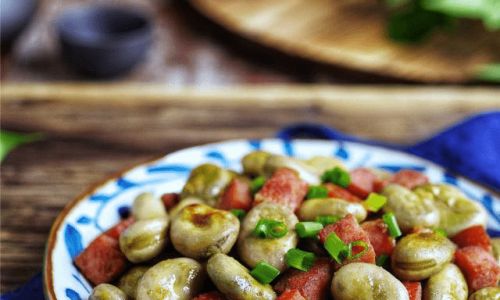
- Heat olive oil or butter in a skillet over medium heat.
- Add minced garlic, onions, or shallots and sauté until fragrant.
- Add thawed beans and cook for 5–7 minutes, stirring occasionally.
- Season with salt, pepper, and herbs like thyme or rosemary.
Variation: For a spicy kick, toss in red pepper flakes or harissa paste.
Roasting
Roasting transforms broad beans into crispy, golden morsels—a delicious snack or salad topper.
- Preheat the oven to 400°F (200°C).
- Toss thawed beans in olive oil, salt, and pepper.
- Spread on a baking sheet and roast for 20–25 minutes, shaking the pan halfway.
- For extra crunch, increase heat to 450°F (230°C) during the last 5 minutes.
Pro Tip: Sprinkle with smoked paprika or grated Parmesan before roasting.
Adding to Soups and Stews
Frozen broad beans add bulk and creaminess to hearty dishes.
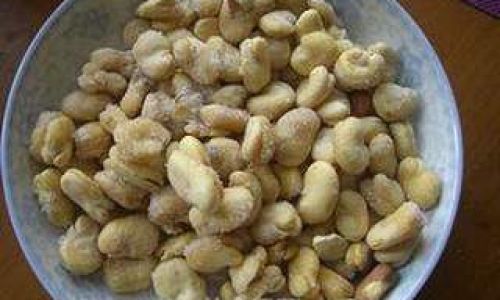
- Add thawed beans during the last 10–15 minutes of cooking.
- For a velvety texture, mash a portion of the beans before stirring into the pot.
Recipe Idea: Try a Tuscan-inspired ribollita with cannellini beans, kale, and roasted broad beans.
Blending into Dips and Spreads
Creamy broad bean dips are perfect for crudités or pita chips.
- Sauté thawed beans with garlic and cumin.
- Blend with tahini, lemon juice, and olive oil until smooth.
- Adjust seasoning and garnish with toasted pine nuts.
Recipe Inspiration: Elevate Your Meals
Garlic Butter Sautéed Broad Beans
- Sauté 2 cups thawed beans in 2 tbsp butter with 3 minced garlic cloves.
- Add a splash of lemon juice and chopped parsley.
- Serve as a side with grilled fish or roasted chicken.
Roasted Broad Bean and Feta Salad
- Toss roasted beans with cherry tomatoes, cucumber, and red onion.
- Crumble feta cheese and drizzle with balsamic glaze.
- Top with fresh mint leaves.
Spicy Broad Bean Risotto
- Sauté Arborio rice in olive oil, then ladle in hot vegetable stock.
- Stir in thawed beans, peas, and a pinch of chili flakes.
- Finish with grated Parmesan and a knob of butter.
Crispy Broad Bean Snack
- Roast beans with olive oil, salt, and smoked paprika.
- Serve with a yogurt-dill dip for a crunchy appetizer.
Enhancing Flavor: Seasonings and Pairings
- Herbs: Mint, dill, parsley, and cilantro add freshness.
- Spices: Cumin, coriander, and smoked paprika complement earthy flavors.
- Citrus: Lemon or lime zest brightens dishes.
- Cheese: Feta, Parmesan, or ricotta salata add richness.
- Aromatics: Garlic, shallots, and ginger elevate sautés.
Nutritional Benefits and Dietary Adaptations
Frozen broad beans are naturally gluten-free, vegan, and low in calories, making them suitable for various diets. Their high fiber content aids digestion, while protein supports muscle health. For a low-carb option, substitute beans for potatoes in stews or gratins.
Common Mistakes to Avoid
- Overcooking: Leads to mushy beans. Test doneness frequently.
- Skipping Blanching: May result in a gritty texture.
- Under-Seasoning: Broad beans benefit from bold flavors.
- Overcrowding the Pan: Causes steaming instead of sautéing.
Conclusion
Frozen broad beans are a kitchen staple that offers convenience without sacrificing taste or nutrition. By mastering thawing, shelling, and cooking techniques—from boiling to roasting—you can transform this humble ingredient into star attractions. Experiment with global flavors, pair them with seasonal produce, and don’t shy away from creative twists. Whether you’re whipping up a quick weekday dinner or impressing guests at a dinner party, frozen broad beans are your secret weapon for delicious, wholesome meals. So, grab a bag from your freezer, and let the culinary adventure begin!
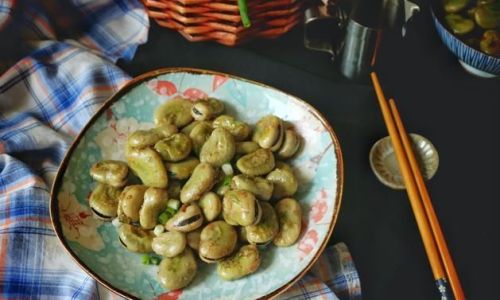
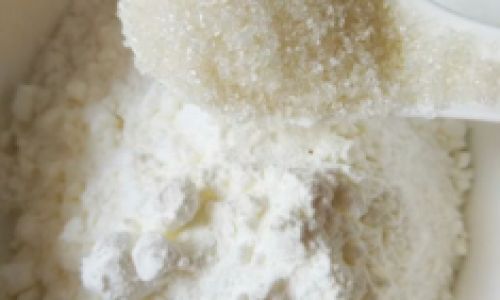
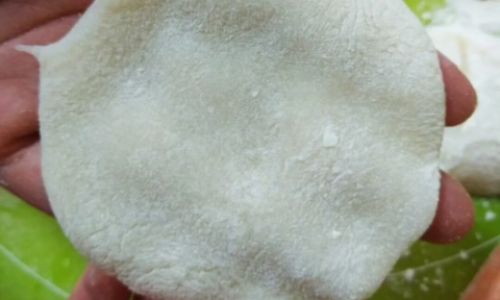



0 comments